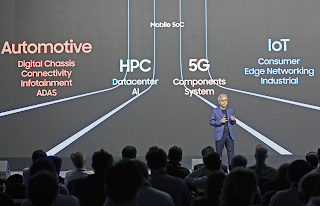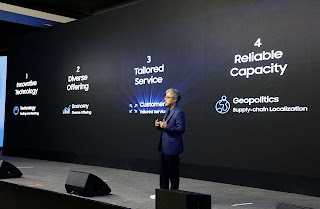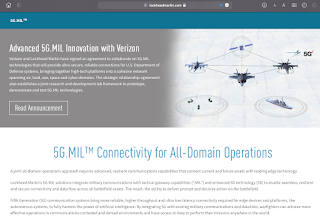At its annual Samsung Foundry Forum event in San Jose, California, Samsung Electronics outlined its goals to drive process nodes to 1.4nm in 2027.
Samsung, which currently has 3nm process technology in mass production, Samsung will be further enhancing gate-all-around (GAA) based technology and plans to introduce the 2nm process in 2025 and 1.4nm process in 2027.The event focused on foundry process technology innovation, process technology optimization for each specific applications, stable production capabilities, and customized services, including the enhancement its GAA-based 3nm process support for HPC and mobile applications. Samsung will also diversify the 4nm process for HPC and automotive applications.
For automotive customers specifically, Samsung is currently providing embedded non-volatile memory (eNVM) solutions based on 28nm technology. In order to support automotive-grade reliability, the company plans to further expand process nodes by launching 14nm eNVM solutions in 2024 and adding 8nm eNVM in the future. Samsung has been mass producing 8nm RF following 14nm RF, and 5nm RF is currently in development.“The technology development goal down to 1.4nm and foundry platforms specialized for each application, together with stable supply through consistent investment are all part of Samsung’s strategies to secure customers’ trust and support their success,” said Dr. Si-young Choi, president and head of Foundry Business at Samsung Electronics. “Realizing every customer's innovations with our partners has been at the core of our foundry service."
Samsung also confirmed that its 3D packaging X-Cube with micro-bump interconnection will be ready for mass production in 2024, and bump-less X-Cube will be available in 2026.
In addition, Samsung highlighted its production expansion. The company plans to expand its production capacity for the advanced nodes by more than three times by 2027 compared to this year. Including the new fab under construction in Taylor, Texas, Samsung's foundry manufacturing lines are currently in five locations: Giheung, Hwaseong, and Pyeongtaek in Korea; and Austin and Taylor in the United States.





















